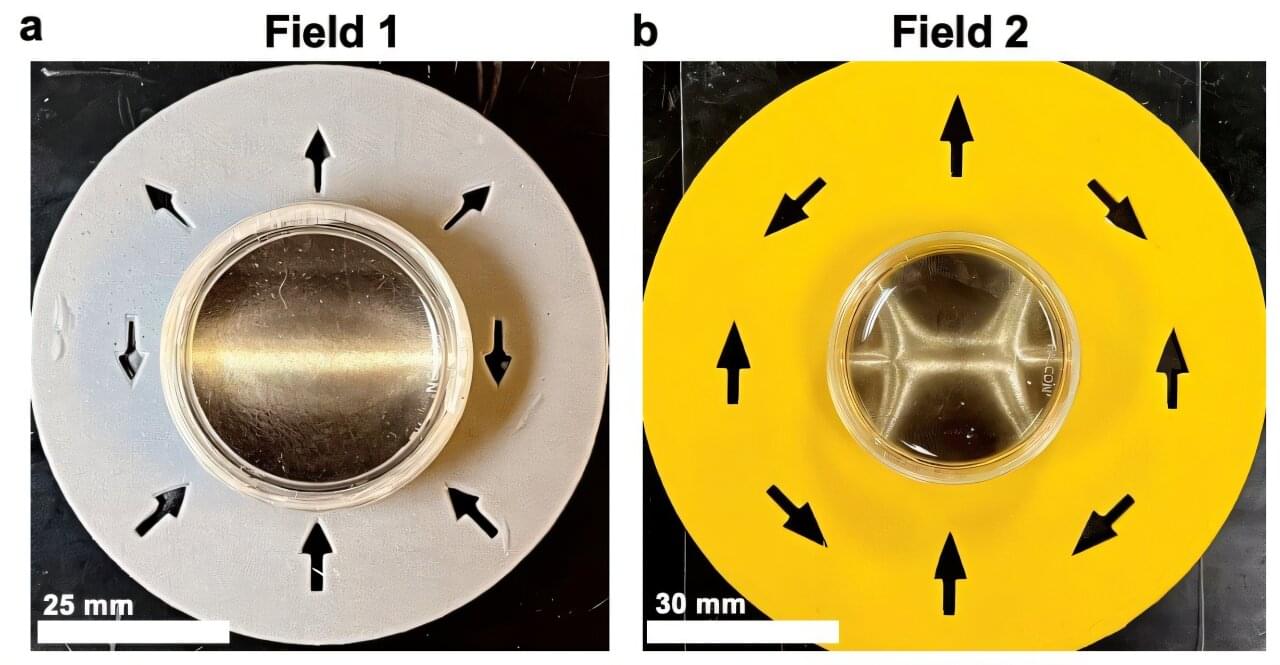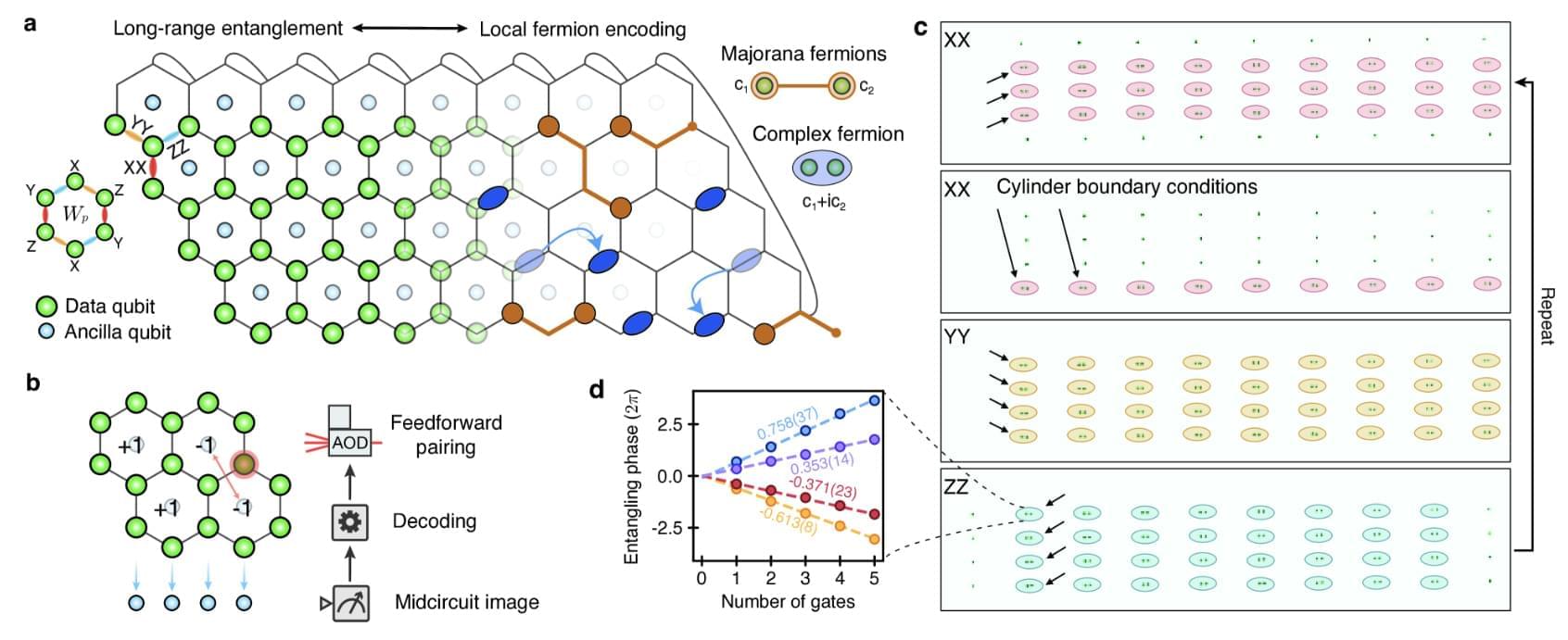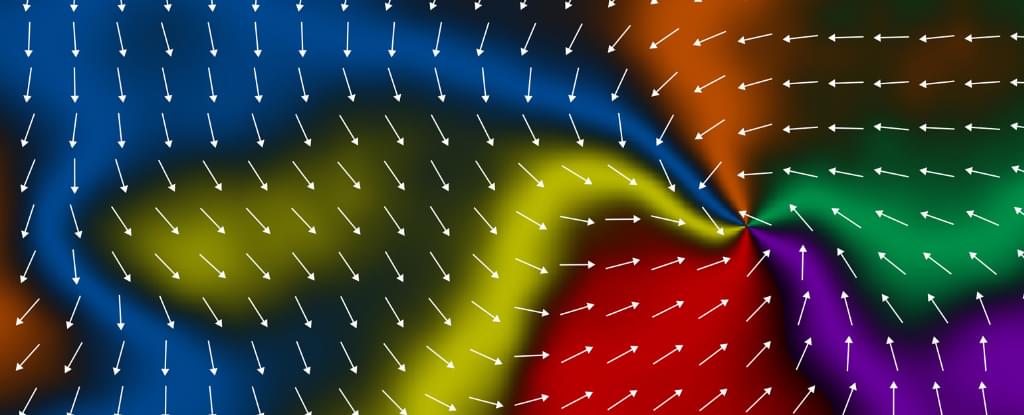As rising seas lap at its shore, Tuvalu faces an existential threat. In an effort to preserve the tiny island nation in the middle of the Pacific Ocean, its government has been building a “digital twin” of the entire country.
Digital twins are exactly what they sound like—a virtual double or replica of a physical, real-world entity. Scientists have been creating digital twins of everything from molecules, to infrastructure, and even entire planets.
It’s also now possible to construct a digital twin of an individual person. In other words, a “digital doppelganger.”








